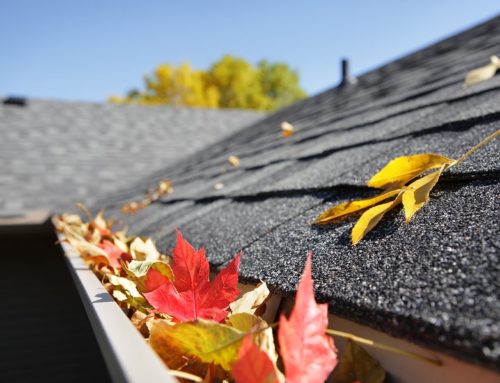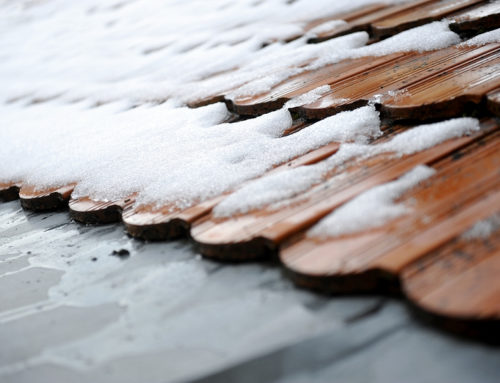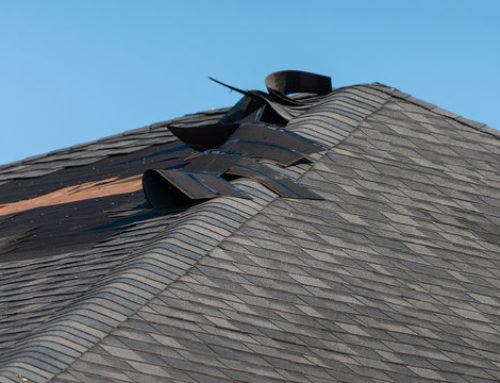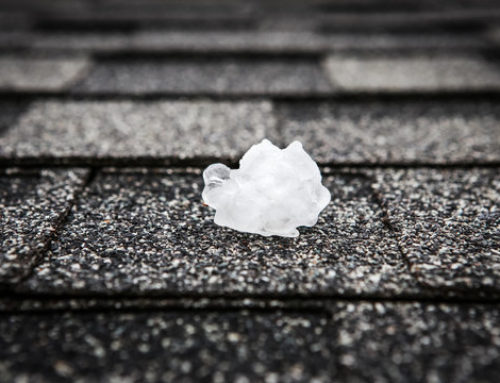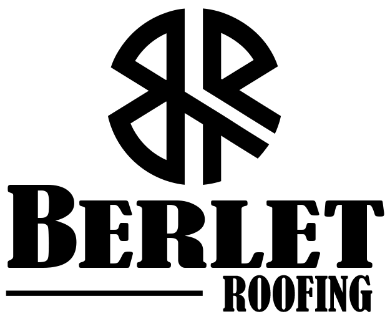Homes in the rocky mountains of Colorado are built to withstand major snow loads but they are also built to help keep your house warm in the winter and cool in the summer. Understanding the difference in the type of roof you have can help you to better understand how your home utilizes the airflow to keep the weather out of your home year round.
Cold roofs are typically characterized by the ability for outside air to freely flow under your roof’s sheathing. In colder climates, like the mountains of Colorado, cold roofs allow snow to stay frozen throughout the winter, and if build correctly, can limit the presence of ice dams, and the backup of water under shingles from those ice dams.
Hot roofs tend to have insulation very close to the roof sheathing and are typically closed off to a fresh airflow. These unventilated roofs cause the space to be warmer, hence the name hot roof. A good note here is that virtually all building codes require a structure with ANY voids that are not filled with some type of insulation to be ventilated. If not ventilated, the heat from the room could pass through and cause melting of snow, and virtually assuring you of an ice dam at some point each winter.
Ice Dams are nothing to mess with. The build-up of ice, even as icicles can be up to 5 times the weight of water. Ice Dames allow water to push back up your roof, under the singles and into the underlayment and into your home. Also, all the ice can cause significant weight loads on your roof that your building’s structure may not have been engineered for.
In warmer climates, a cold roof provides advantages as well. The ventilation allows your home to better regulate temperature differentials between your building and its roof. This means if your roof is being beaten on by the sun, that heat will not as easily transfer into your living spaces. Remember, it is always cooler in the shade. A ventilated roof is like a pop-up tent at a market, air flows underneath keeping you cool, but if you were in a camping tent with all the window door flaps closed, you would be burning up.
Another advantage to this is that the less extreme temperature fluctuations your roof has, the longer it will last. There is less possibility of moister build up and this translates into a better chance of keeping mold out of your roof areas. Unventilated roofs exacerbate moisture issues as there is nowhere for the moisture, that may seep in, to go and starting the mold growth process.
When constructing a new home or replacing your roof, be sure that your roofer is properly ventilating your cold roof. At Berlet roofing, we utilize Atlas roofing insulation, with built-in ventilation, on many of our cold roof projects. Find out more about the Atlas roofing insulation here.

